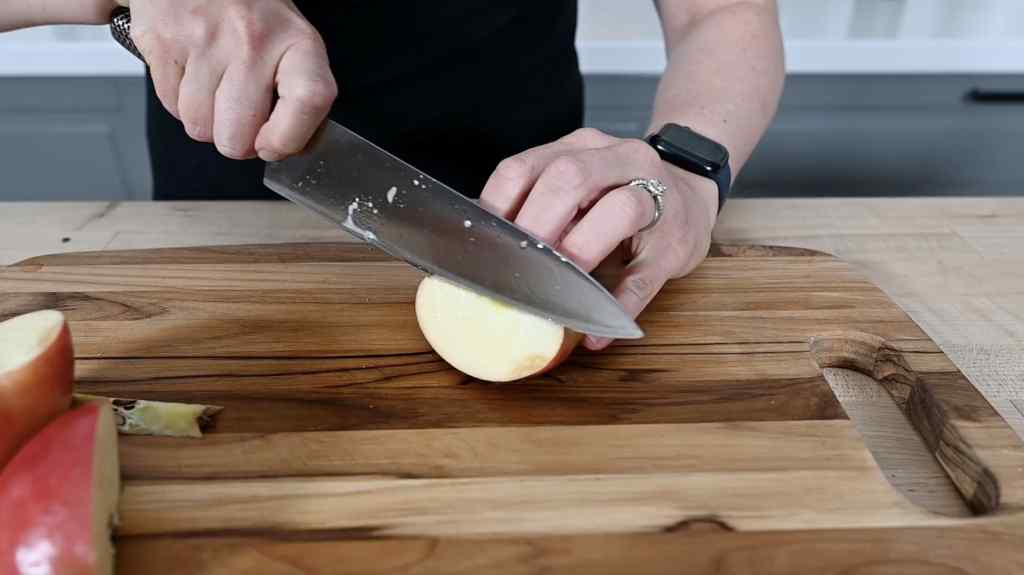When it comes to meal prep, the tools you use can make all the difference. For kitchen professionals, investing in high-quality tools is a necessity, not a luxury. Among the various tools, German knives stand out due to their precision, durability, and versatility. Let's delve into why German knives are a preferred choice for meal prep and what makes them indispensable in professional kitchens.

The Craftsmanship Behind German Knives
German knives are renowned for their exceptional craftsmanship. The tradition of knife-making in Germany dates back centuries, with cities like Solingen being known as the 'City of Blades'. The meticulous attention to detail and quality control in German knife production ensure that each knife is not just a tool, but a work of art. To learn more about the storied history of German knives, you can visit this comprehensive history.
Key Features of German Knives
One of the standout features of German knives is their stainless steel blades. These blades are often made from high-carbon stainless steel, which offers an excellent balance between hardness and toughness. This balance is crucial for maintaining a sharp edge while ensuring the knife is not prone to chipping. The weight of German knives also contributes to their efficiency; their heft allows for greater control and precision, especially when dealing with tougher ingredients. For a deeper understanding of how knife weight impacts performance, check out this weight guide.
Benefits of Using German Knives for Meal Prep
German knives are particularly favored for their versatility in the kitchen. Whether you're slicing, dicing, or chopping, these knives can handle it all. The ergonomic design of the handles ensures that chefs can work for extended periods without experiencing discomfort or strain. Many German knives also feature full tang construction, which enhances balance and stability, making them a reliable choice for any kitchen task.
The Edge Retention Advantage
Edge retention is a critical factor in knife performance. German knives are engineered to retain their edge longer than many other types of knives, reducing the need for frequent sharpening. This attribute is especially beneficial in professional kitchens where efficiency and speed are paramount. To explore more about maintaining knife sharpness, you might find this knife care guide helpful.
Comparing German Knives to Other Options
While German knives are a top choice for many, it's important to consider how they compare to other popular options, such as Japanese knives. German knives are generally heavier and feature a broader blade, which can be advantageous for tasks requiring more force. In contrast, Japanese knives are known for their lighter, thinner blades that allow for more intricate cutting techniques. This comparison provides a detailed look at the differences between these two styles.
Choosing the Right German Knife
When selecting a German knife, consider the specific tasks you'll be performing most often. A chef's knife is a versatile option suitable for most prep work, while a boning knife might be better suited for tasks involving meat and poultry. For professional chefs, it might be worthwhile to invest in a set that covers a range of functions. Discover more about specialized knives like the German boning knife to enhance your kitchen arsenal.

FAQs
Why are German knives preferred by professional chefs?
German knives are favored for their durability, edge retention, and versatility. They are designed to handle a wide range of kitchen tasks, making them an essential tool for professional chefs.
How should I maintain my German knife?
Regular sharpening and proper storage are crucial for maintaining your German knife. Use a honing steel to maintain the edge between sharpenings, and store the knife in a knife block or magnetic strip to prevent damage.
What is the difference between German and Japanese knives?
German knives are typically heavier with a broader blade, making them ideal for tasks that require more force. Japanese knives are lighter and thinner, allowing for more precision and intricate cuts.


























